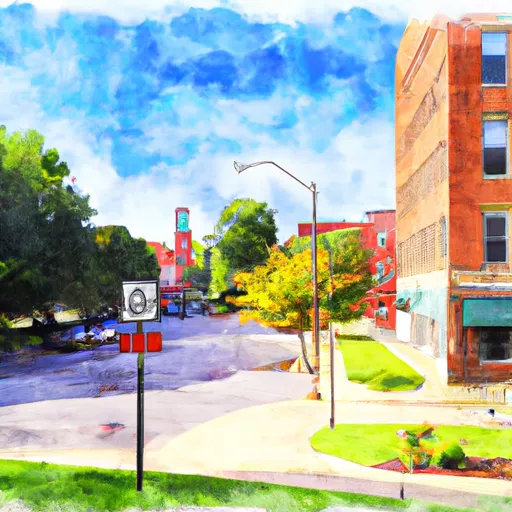°F
°F
mph
Windspeed
%
Humidity











Cincinnati, Iowa is a small city located in the southwestern part of the state. The climate in Cincinnati is characterized by hot summers and cold winters. Precipitation is relatively evenly distributed throughout the year, with slightly more rain in the summer months. The main hydrology constituents in the area include the Des Moines River and the Raccoon River, both of which provide opportunities for fishing, boating, and other water activities. Outdoor enthusiasts can also explore the numerous parks and hiking trails in the area, including Lake Ahquabi State Park and the Summerset Trail. With its mix of natural beauty and small-town charm, Cincinnati is a great destination for those seeking outdoor adventure.
Weather Forecast
Cincinnati receives approximately 977mm of rain per year, with humidity levels near 82% and air temperatures averaging around 11°C. Cincinnati has a plant hardyness factor of 5, meaning plants and agriculture in this region thrive during a short period during spring and early summer. Most plants will die off during the colder winter months.
Regional Streamflow Levels
100
Cubic Feet Per Second
45
Cubic Feet Per Second
62
Cubic Feet Per Second
4
Cubic Feet Per Second
Nearby Camping
| Camping Area | Reservations | Toilets | Showers |
|---|---|---|---|
| Arrow Rock State Park | |||
| River Run | |||
| Drury-Mincy Conservation Area - MDC | |||
| Katy Roundhouse Campground | |||
| Buck Creek - Bull Shoals Lake | |||
| Shadow Rock Park |



